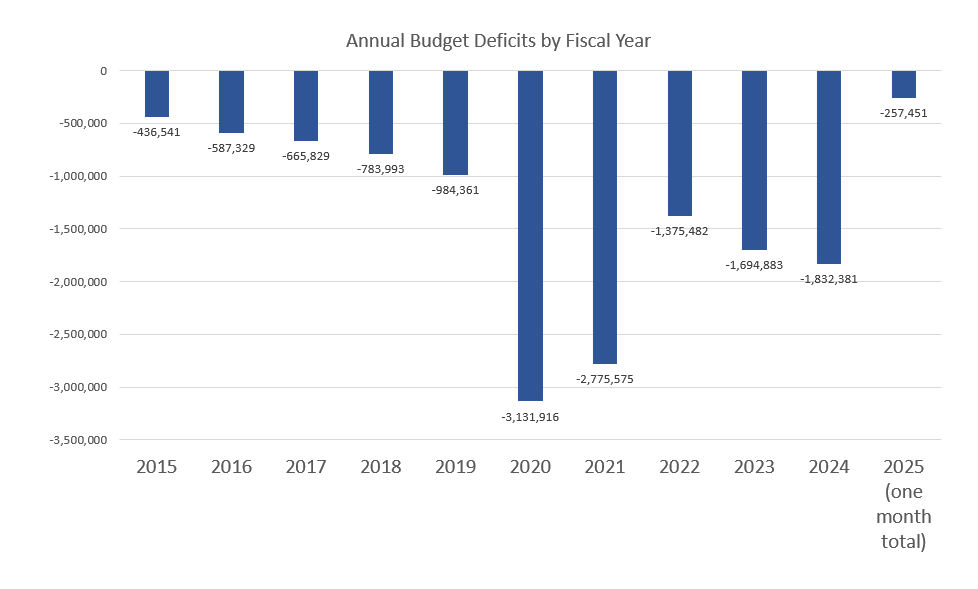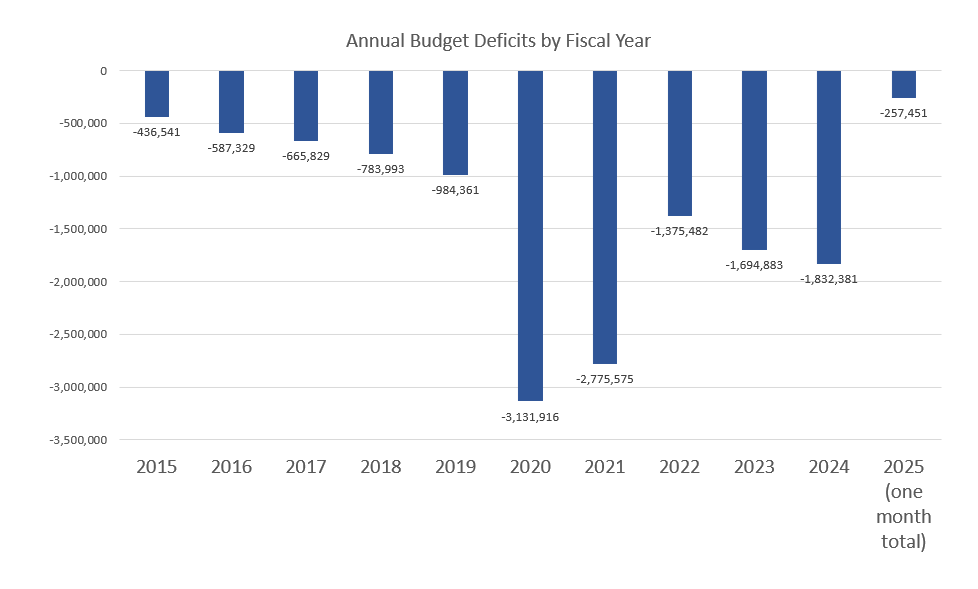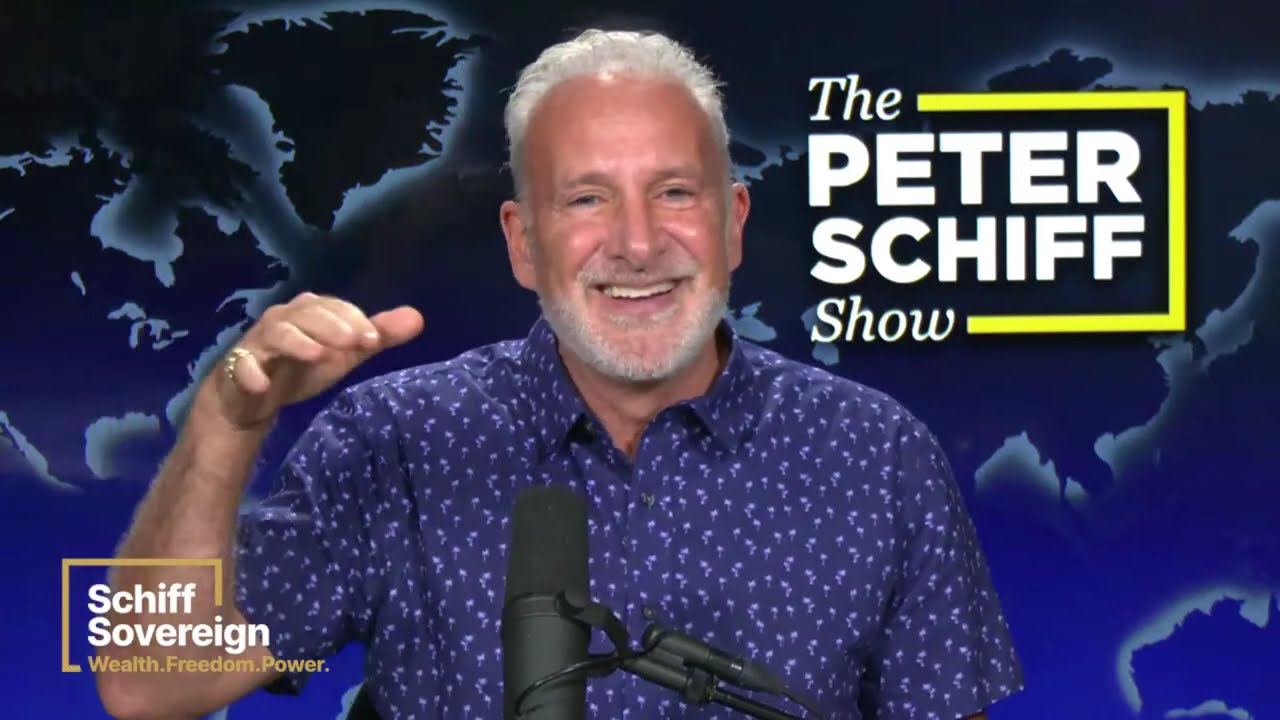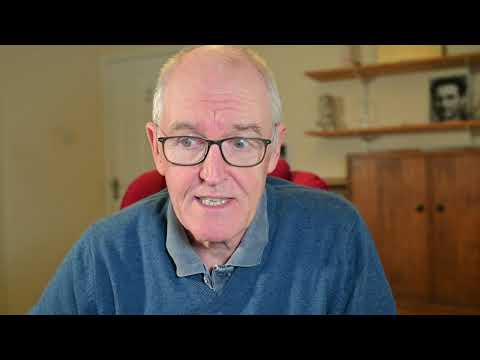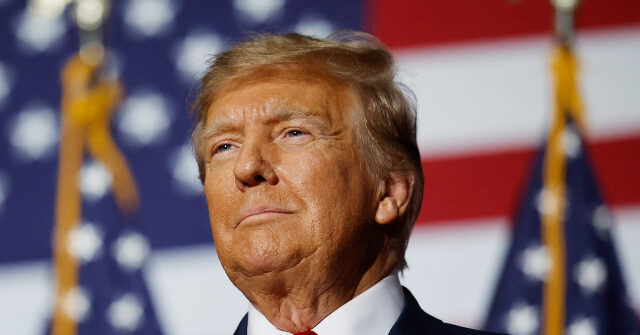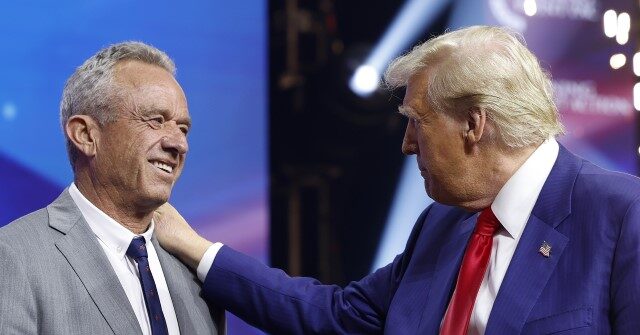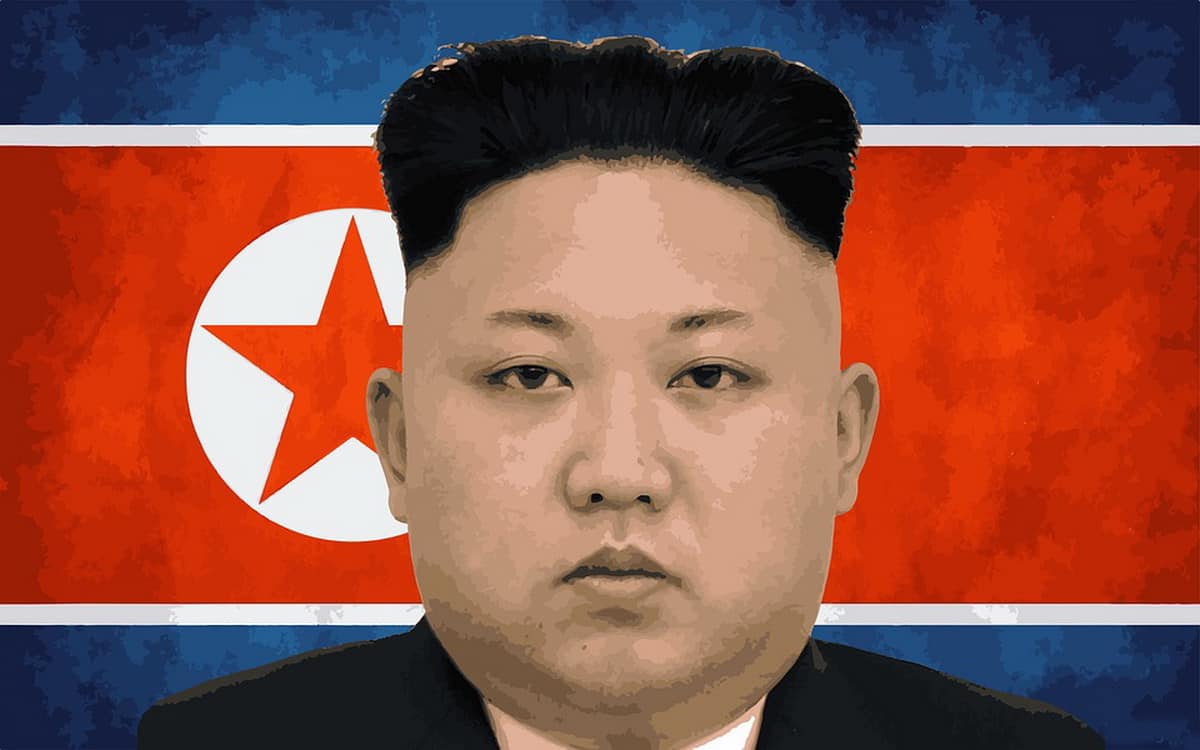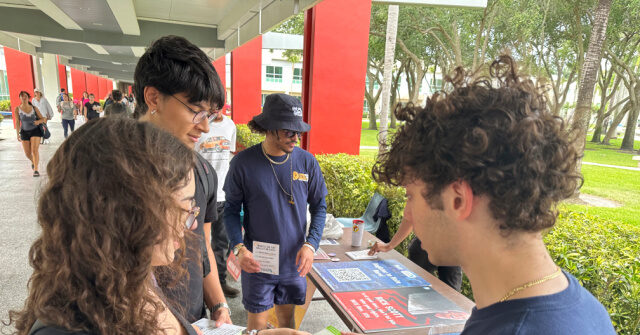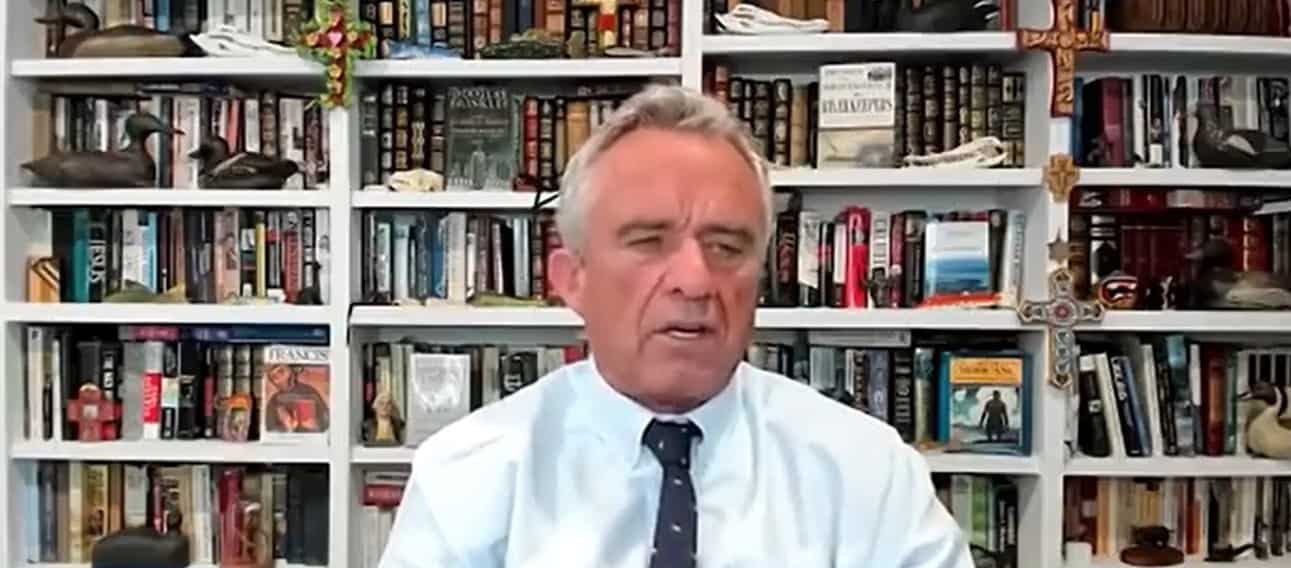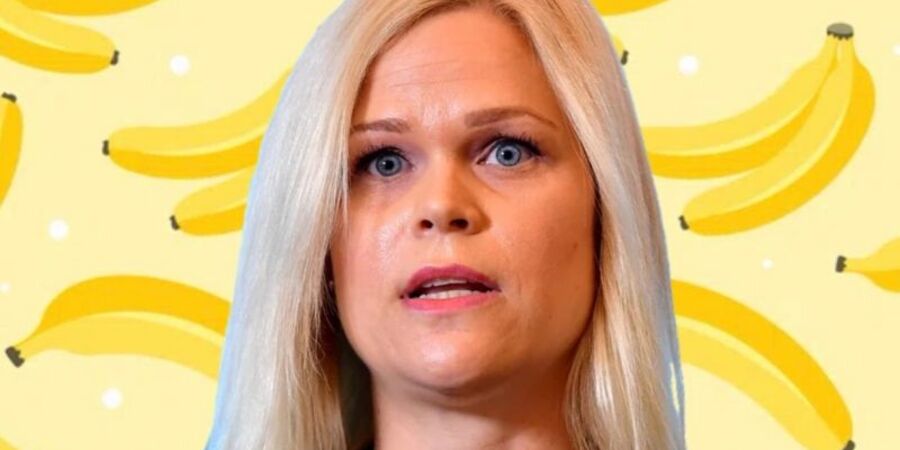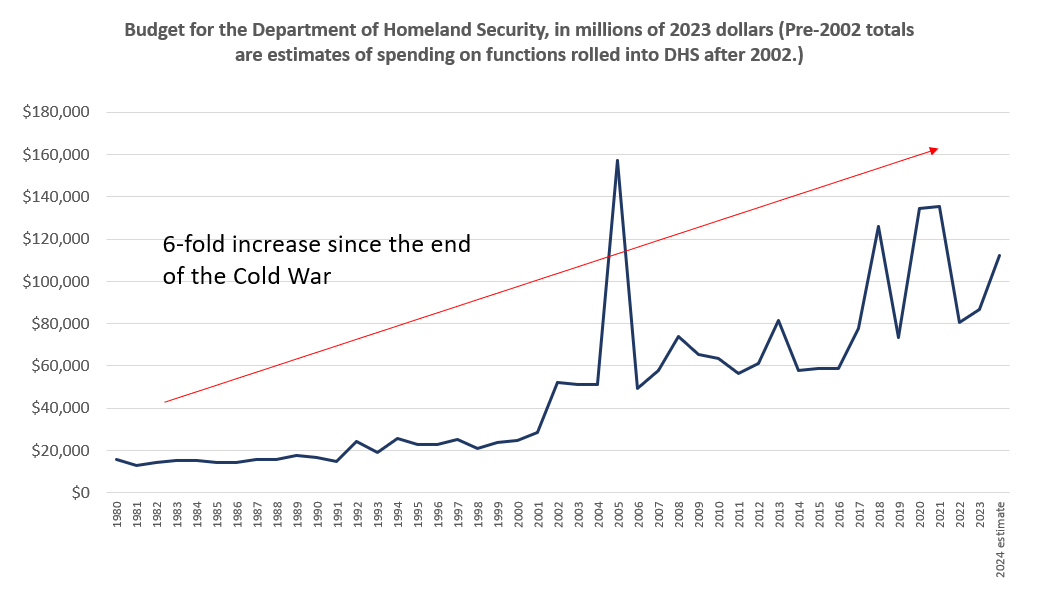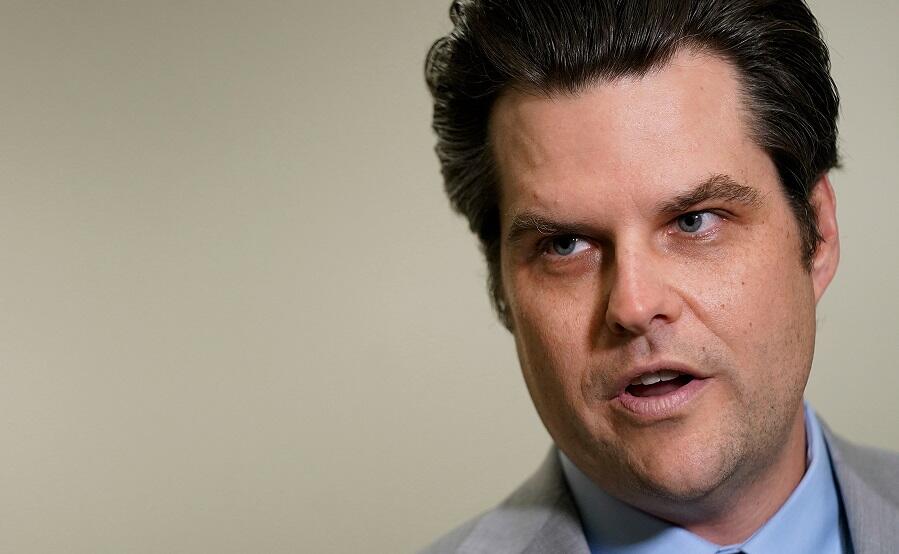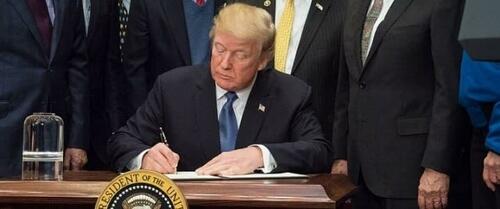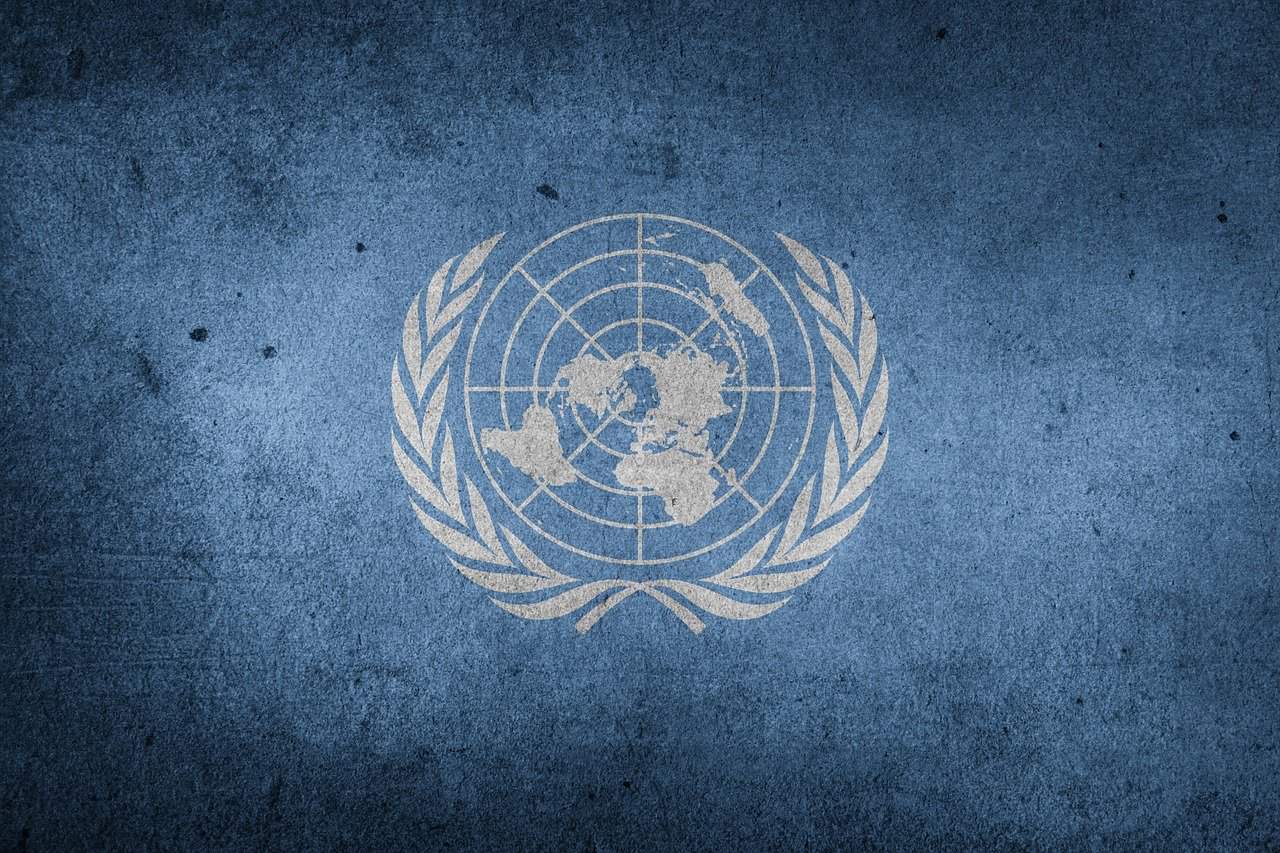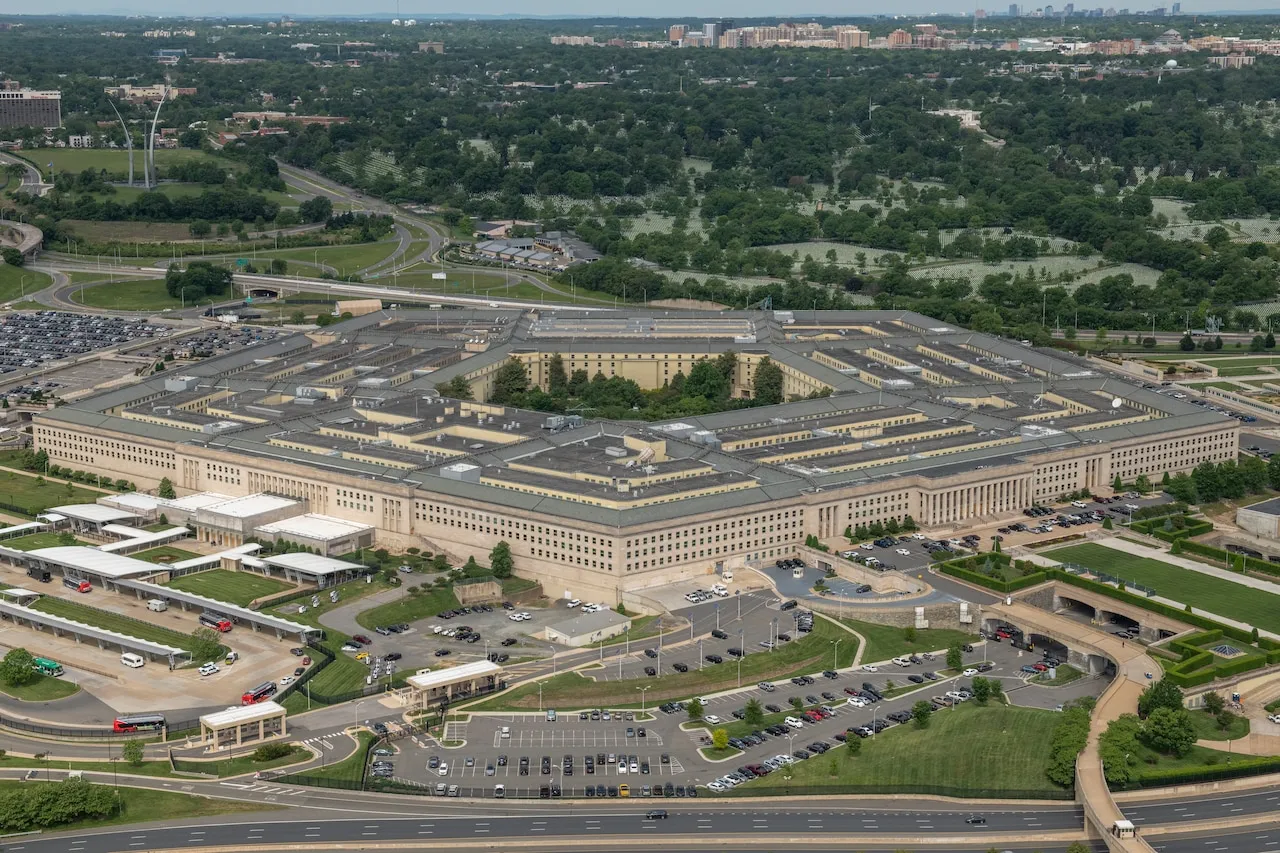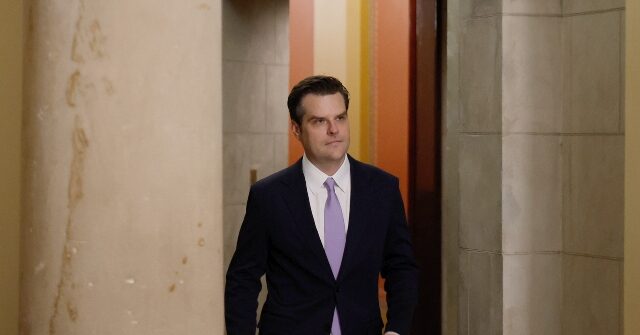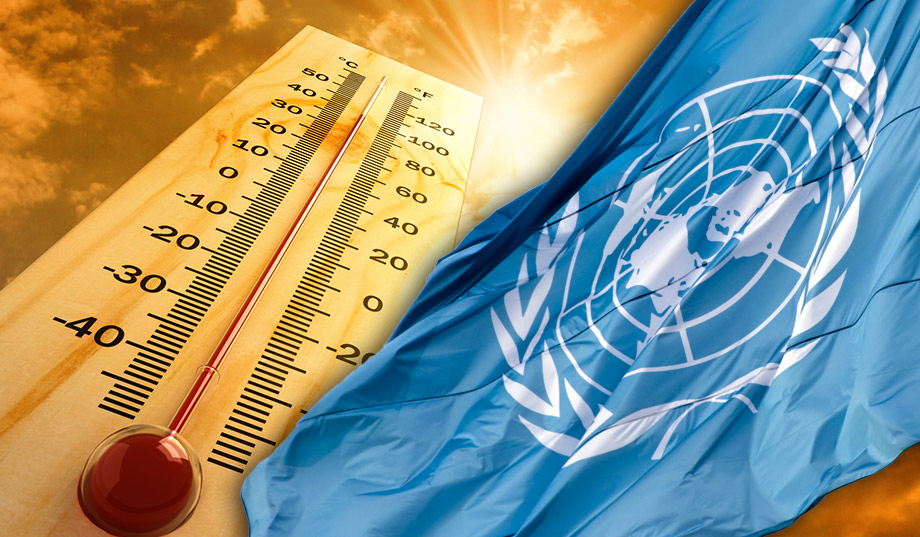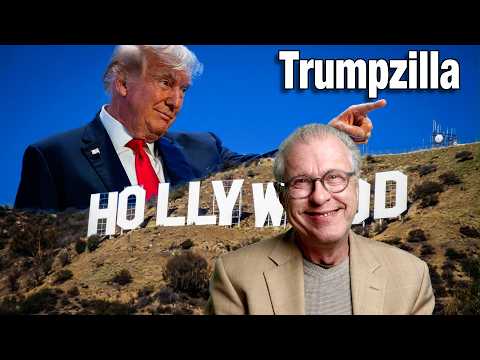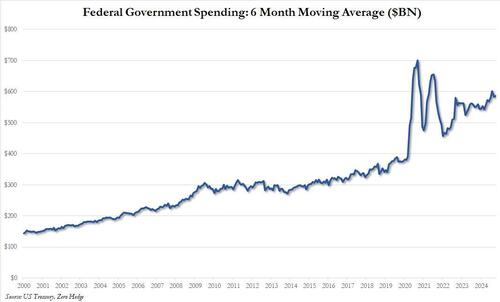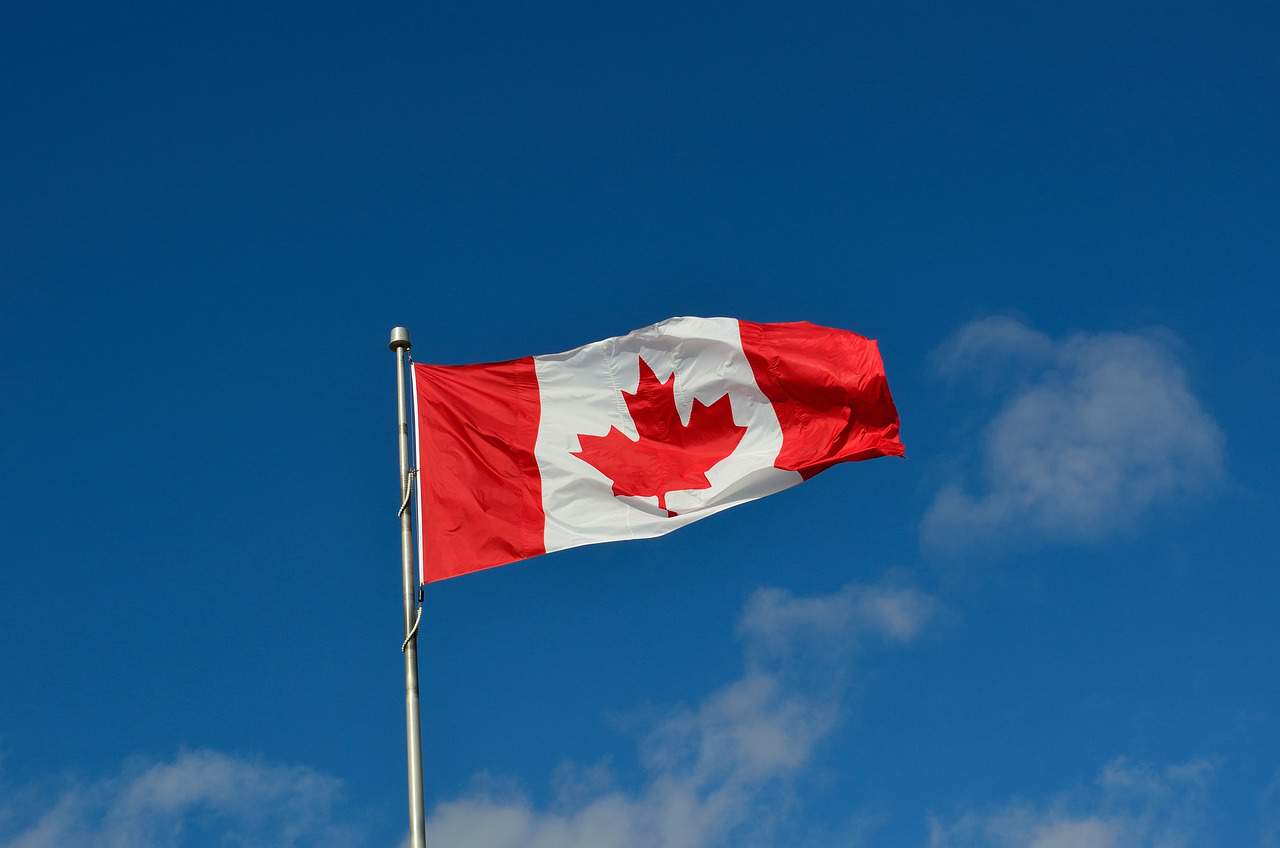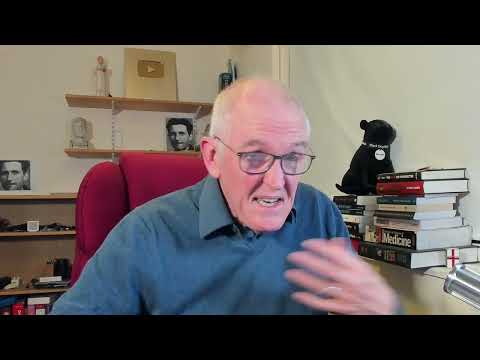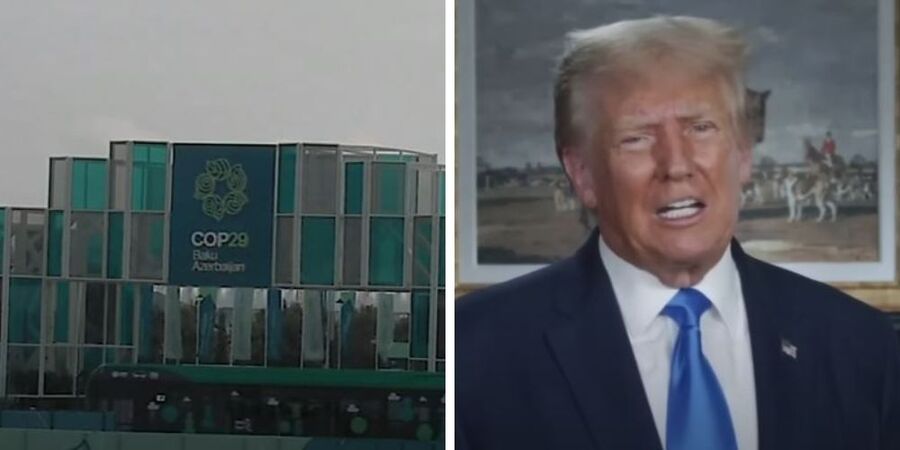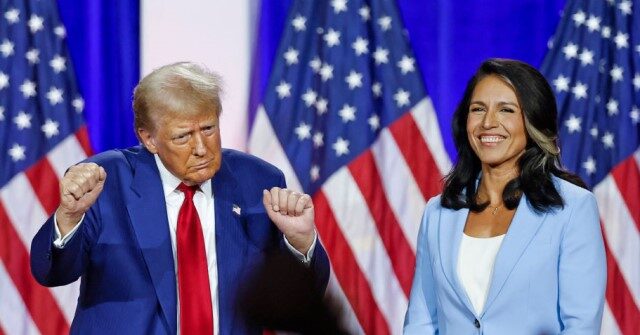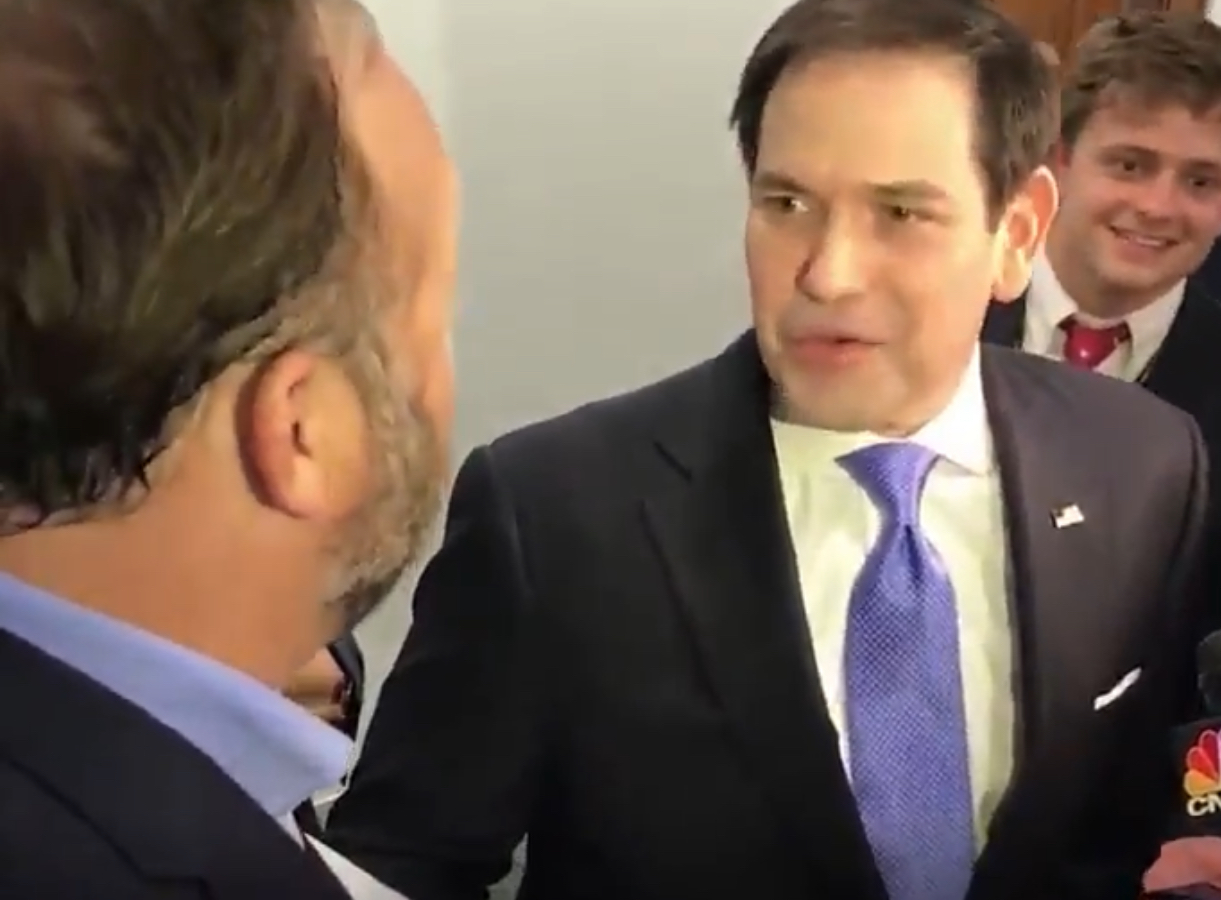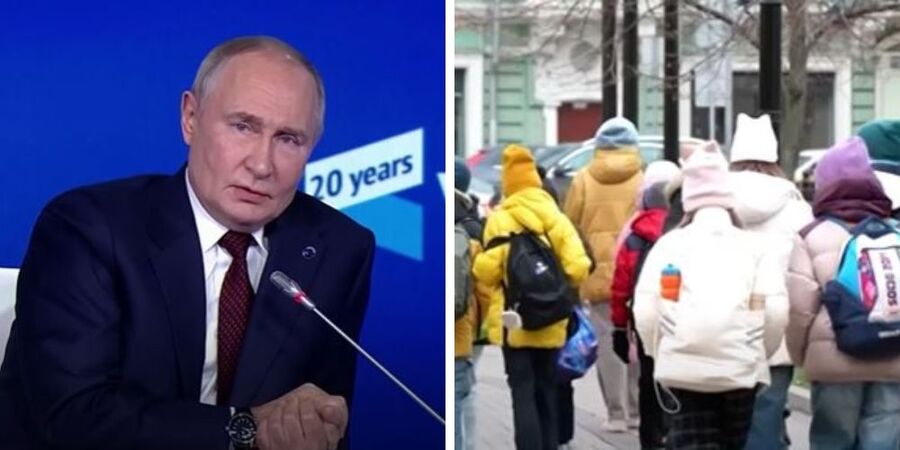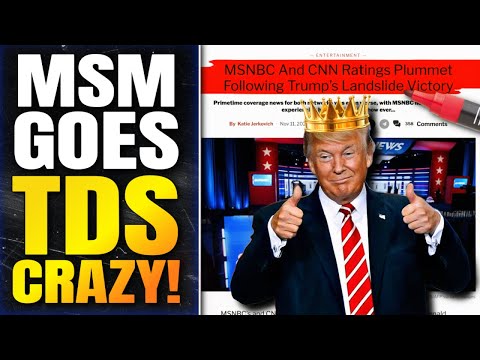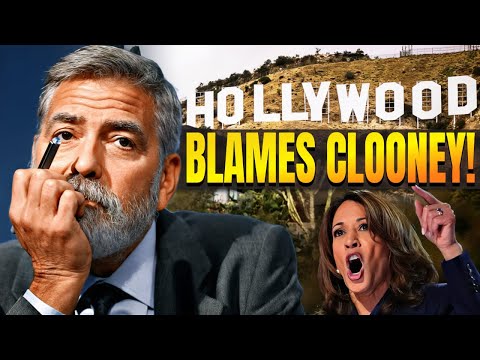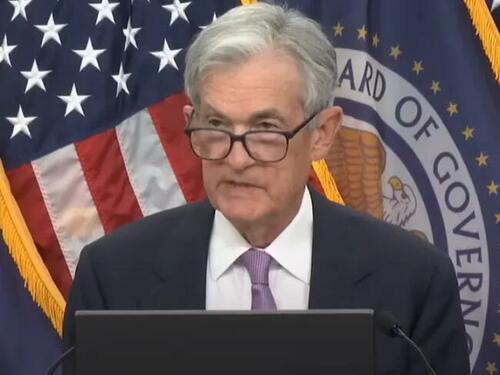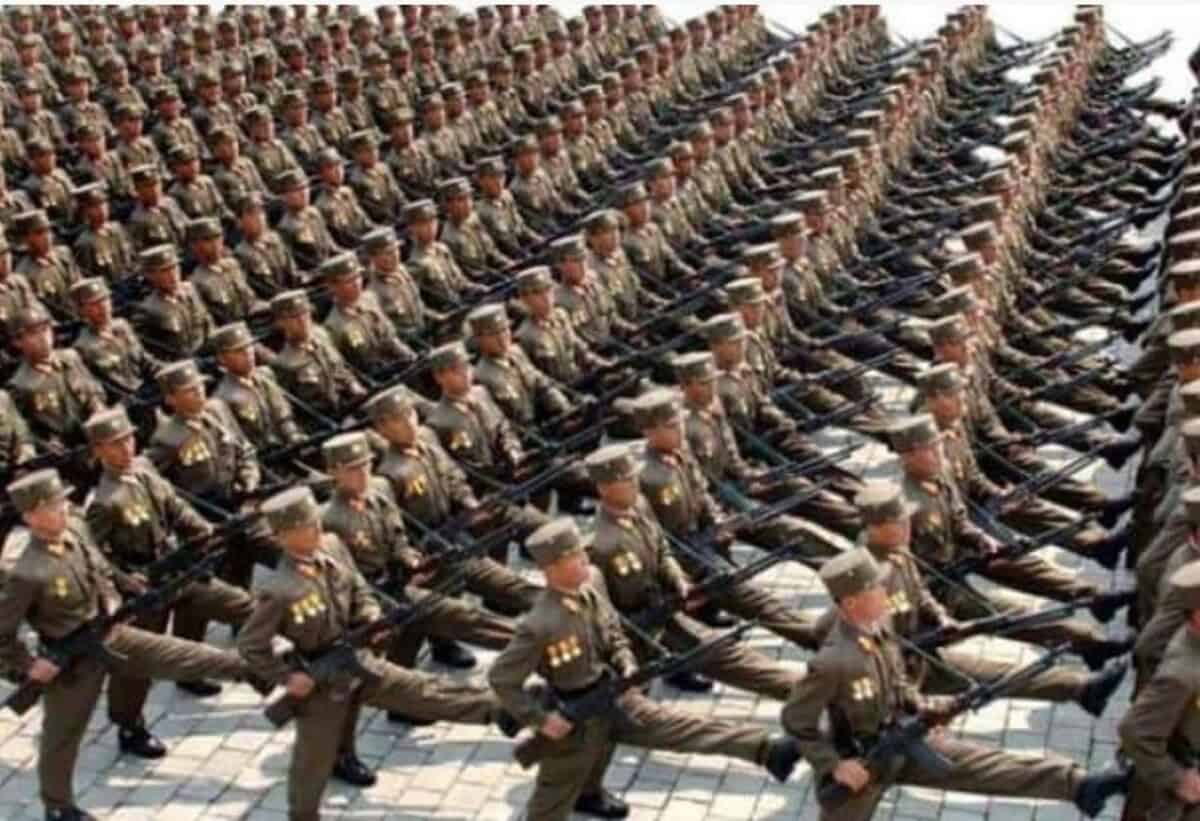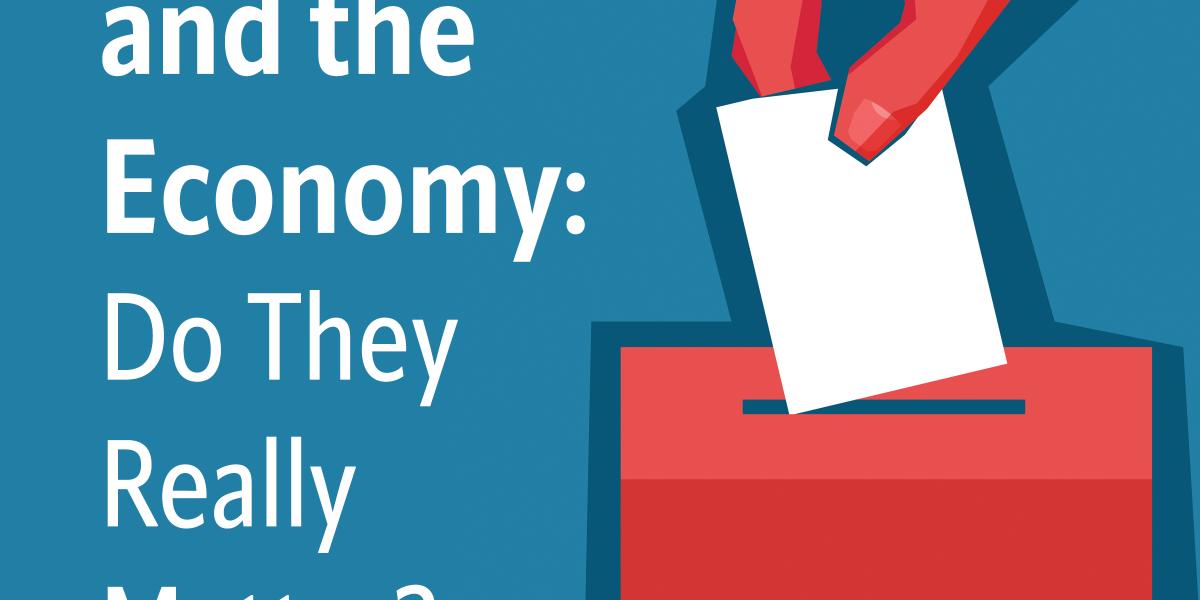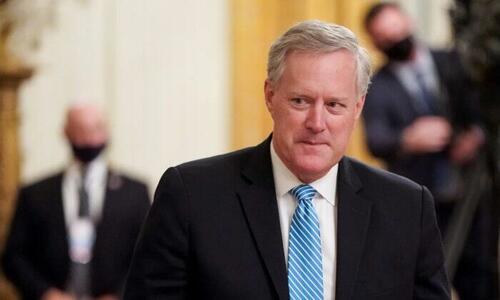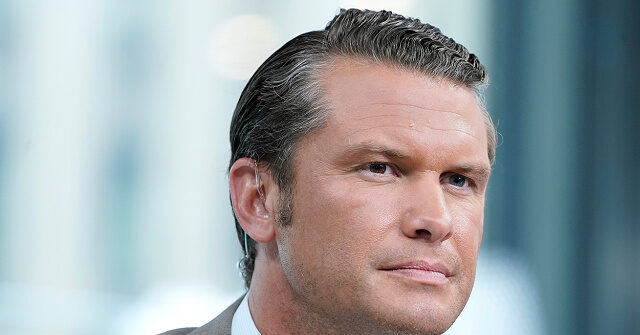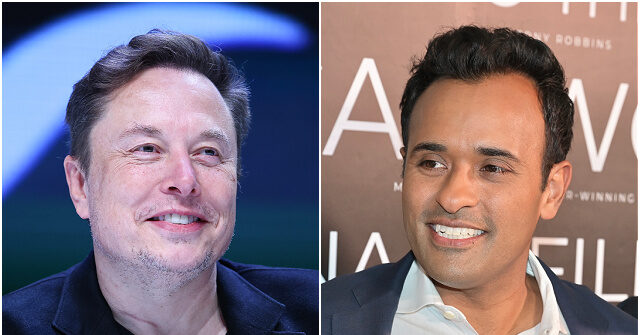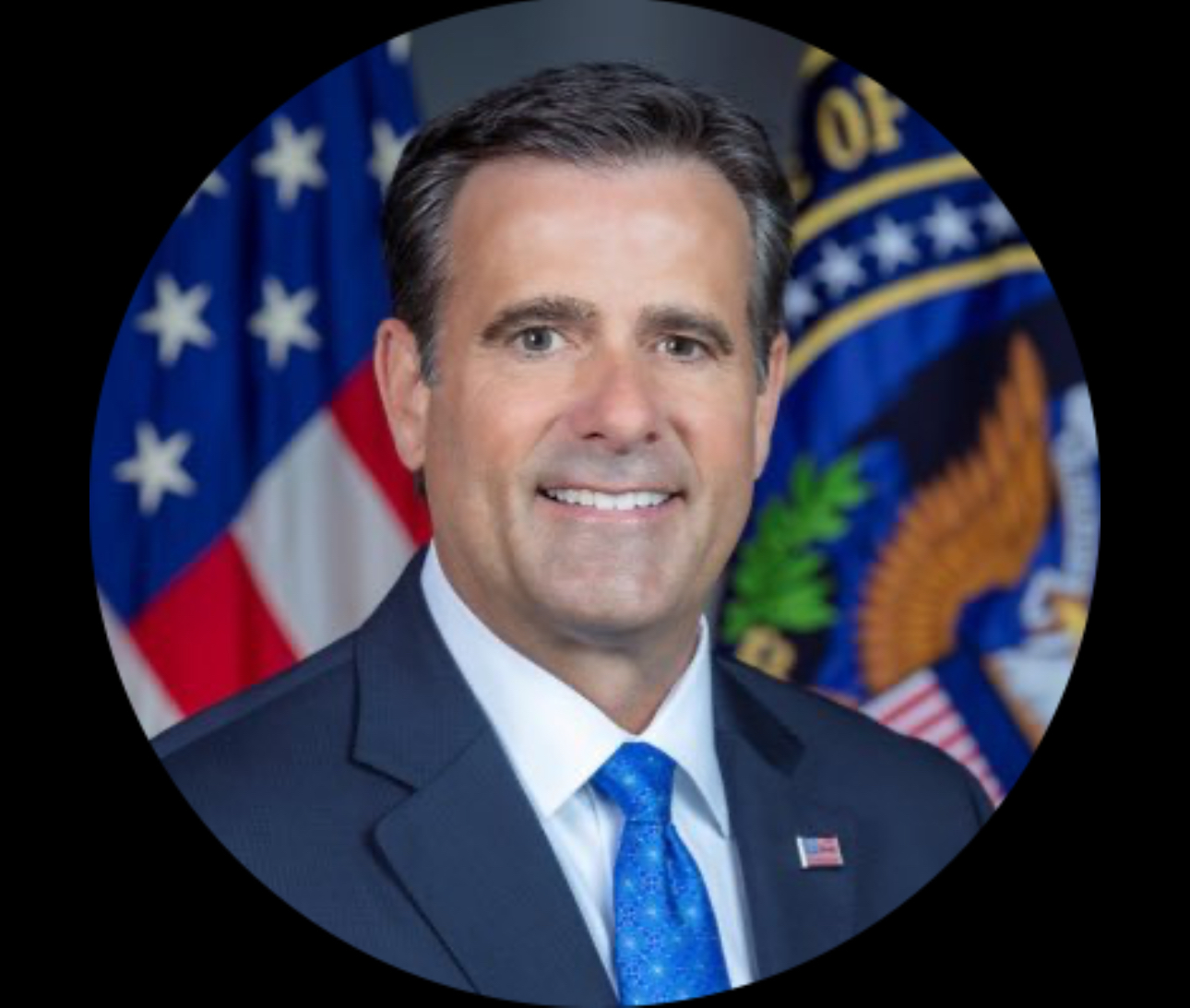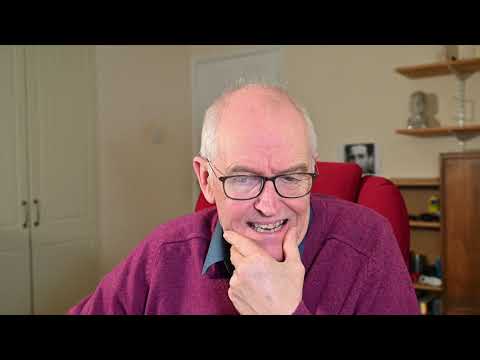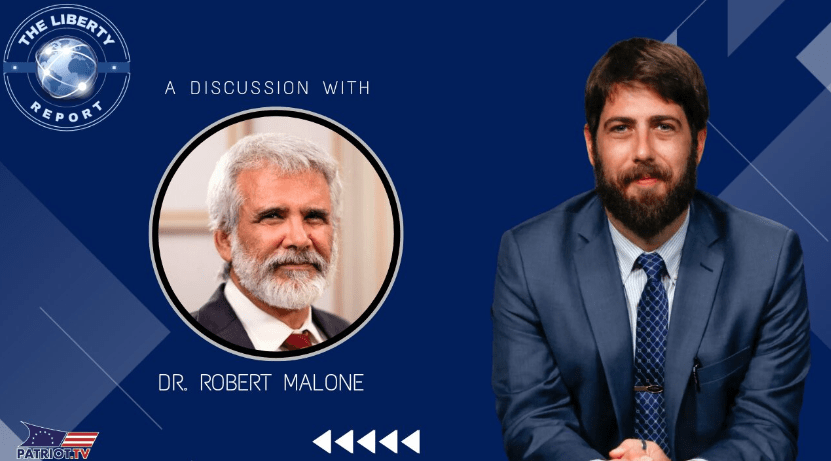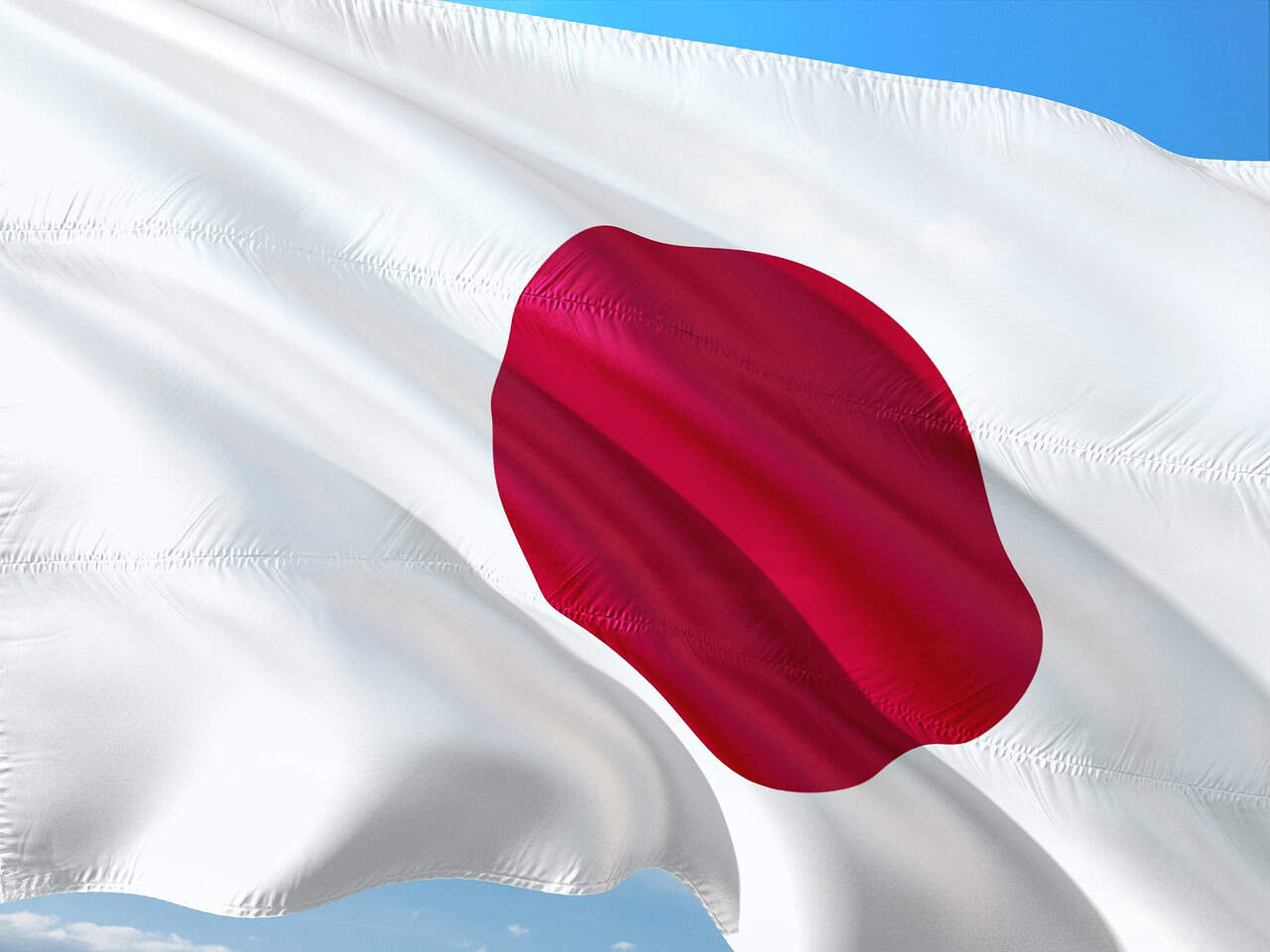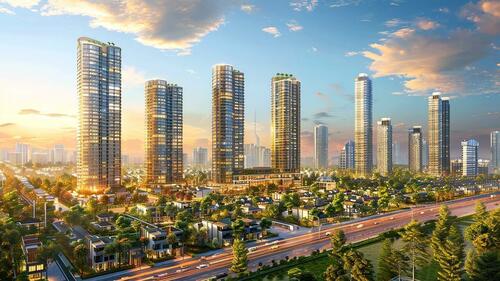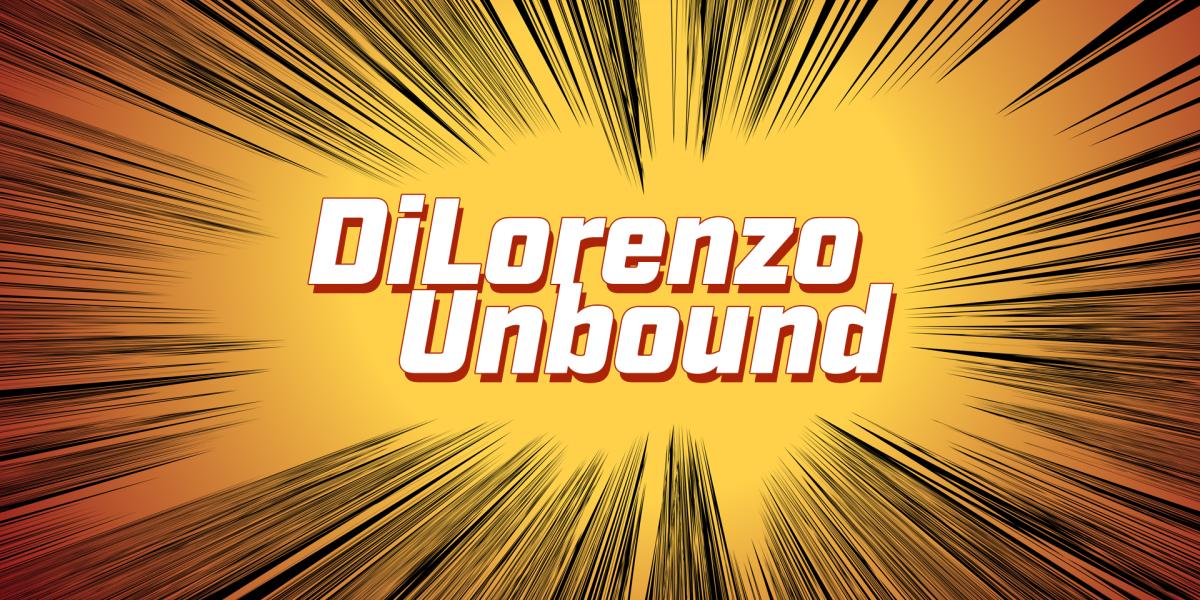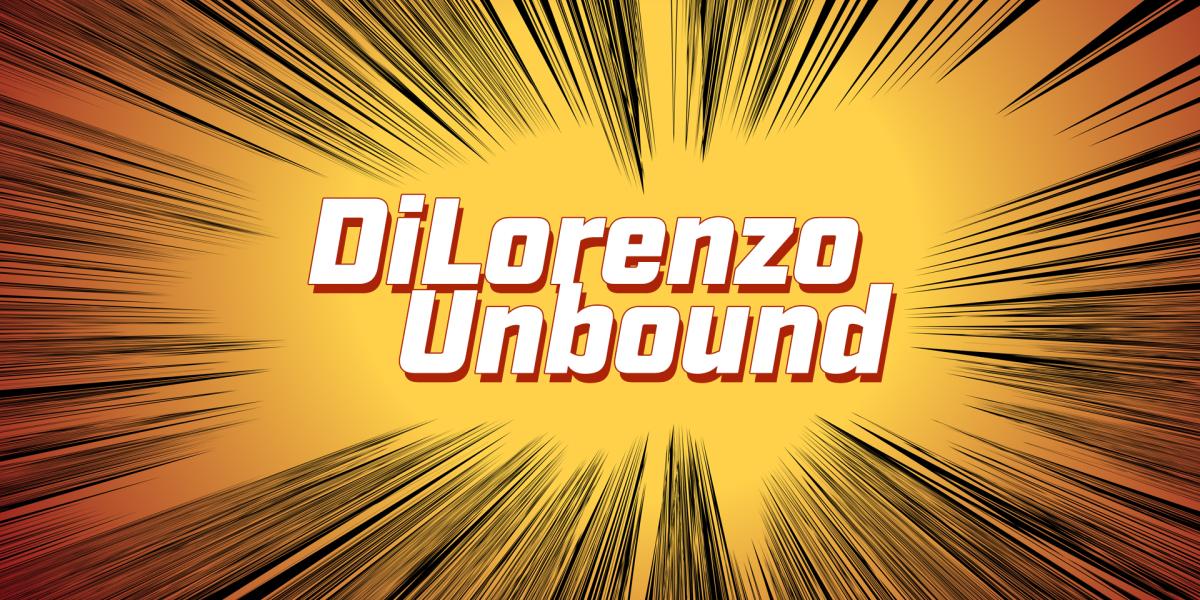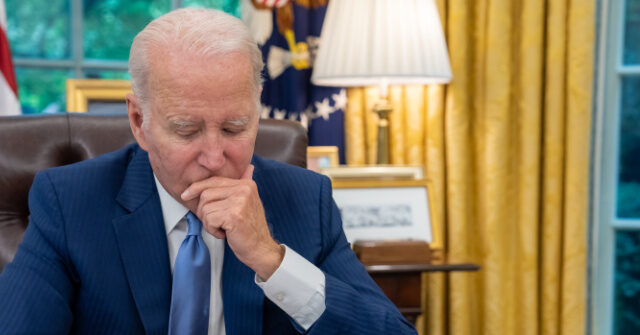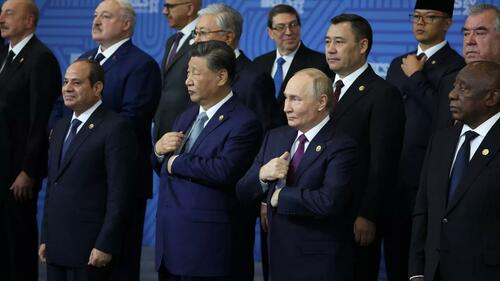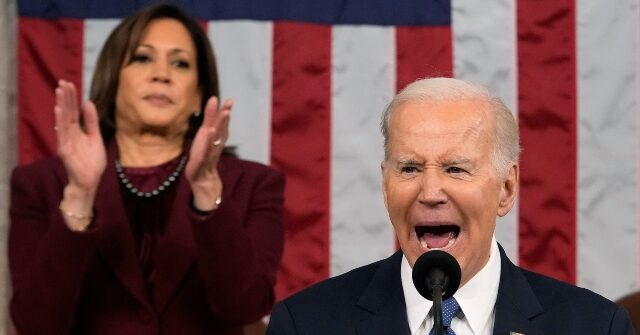How Elites Use Psychological Warfare to Control Your Mind: Dr. Robert Malone
by Alex Newman, Liberty Sentinel: In this episode of The Liberty Report, Alex Newman and Dr. Robert Malone uncover the tactics behind government-led psychological warfare, censorship, and the push for a global control agenda. Using Dr. Malone’s new book, PsyWar: Enforcing the New World Order, as a guide, this conversation offers substantive insight into the Western elite’s […]
Worries for Japan economy after election shock
Political uncertainty after Japan’s election shock risks slowing economic reforms, pushing up government spending and even holding up the Bank of Japan’s exit from its outlier monetary policy, economists said. Post-war Japan has long been a byword for political stability with the conservative, market-friendly Liberal Democratic Party (LDP) in power for all but four of […]
The post Worries for Japan economy after election shock appeared first on Insider Paper.
Building A Better City: Why Markets Are Our Best Architect
Building A Better City: Why Markets Are Our Best Architect
What if the key to solving our urban crises, such as housing shortages, traffic congestion, and wealth inequality, lies not in more government intervention, but in the principles of free-market economics? Market urbanism offers a bold vision for our cities, one that harnesses competition and individual choice to create livable, thriving environments. As traditional planning methods falter, it’s time to utilize market-driven solutions to reshape our urban landscapes for the better.
At its core, market urbanism posits that cities work best through bottom-up, private sector activity rather than centralized government planning.
This concept, rooted in classical liberal economic principles, offers a compelling alternative to the status quo of urban development.
One of the most pressing urban issues today is the shortage of affordable housing. Conventional wisdom often blames developers and market forces for rising home prices. However, a closer examination reveals that government regulations, particularly restrictive zoning laws, are the primary culprits behind housing unaffordability. These regulations limit housing supply, driving up costs and exacerbating inequality.
Market urbanism calls for a significant relaxation or even abolition of these restrictive zoning laws. By allowing developers to build more densely and flexibly, cities can increase housing supply and naturally bring down prices. This isn’t just theory – real-world data supports this approach. Metros known for their more permissive building regulations consistently show lower median home prices compared to heavily regulated markets.
For instance, Houston, known for its relatively lax zoning laws, issued 88.3 building permits per 10,000 residents in 2019. In contrast, New York City issued only 30.4 permits per 10,000 residents. Unsurprisingly, Houston’s median home price remains far more affordable than New York’s. This pattern holds true across multiple metro areas, demonstrating a clear correlation between building freedom and housing affordability.
Transportation is another area in dire need of overhaul. Instead of relying solely on government-planned and operated transit systems, market urbanists advocate for a more diverse, competitive transportation landscape. This could include private bus services, ride-sharing platforms, and market-priced road usage to reduce congestion.
The success of such approaches is evident in areas that have embraced market-oriented transportation policies. Cities that have implemented congestion pricing, such as London and Singapore, have seen reduced traffic and improved air quality.
Opponents of market urbanism typically raise concerns about equity and displacement. They argue that market-driven development could lead to gentrification and the displacement of low-income residents. However, the root cause of these issues is the artificial scarcity created by restrictive regulations. By allowing more housing to be built across all neighborhoods, cities can relieve pressure on existing affordable areas and provide more options for residents at all income levels.
Market urbanism doesn’t call for a complete absence of government involvement in urban development. Rather, it advocates for a shift in the role of government from top-down planner to a simple facilitator of market processes. Governing bodies should ensure the system runs smoothly through external controls, instead of inefficiently dictating every minute internal detail.
As we look to the future, the need for new approaches to urban development becomes more apparent. The United Nations projects that by 2050, 68% of the world’s population will live in urban areas. This urban growth will require cities to adapt quickly and efficiently to meet the needs of their residents.
Market urbanism offers a promising path forward. By harnessing the power of markets and individual choice, cities can become more responsive to the needs and preferences of their residents. This approach has the potential to create more affordable housing, efficient transportation systems, and better overall urban spaces.
As we grapple with the urban challenges of the 21st century, it’s clear that the old ways of centralized planning and restrictive regulations are no longer sufficient. However, implementing market urbanist policies will require overcoming entrenched interests and long-held beliefs about urban development. It will take politicians cutting long-held ties to companies and lobbyists in favor of seeing their cities thrive. By embracing this approach, we can create urban environments that truly serve the needs of all residents and form cities with a prosperous future.
Tyler Durden
Wed, 10/30/2024 – 06:30
What Has the Federal Reserve Done to Our Money?
Tom DiLorenzo is interviewed by Thea Shoemake.
Politics, Economics, and US History
Tom DiLorenzo is interviewed by Thomas Carrigan.
Investors ANGRY at Disney World: Magic Kingdom Called “Stagnant” by Stock Market Investing Analyst!
Investors ANGRY at Disney World: Magic Kingdom Called "Stagnant" by Stock Market Investing Analyst!
#disney #disneystock #disneyworld #waltdisneyworld #magickingdom #financial #financialnews #investing #disneystock #twdc #disneyworldnews #prices
Art by @JFG
Ad by @FloralFromUnderARock
References:
Motley Fool
https://www.fool.com/investing/2024/10/26/heres-why-disney-is-raising-theme-park-ticket-pric/
The Street
https://www.thestreet.com/travel/disney-world-just-became-less-magical-with-controversial-change
Help support Vacation Radio: https://www.youtube.com/watch?v=NNLjzt9gHSk
For even more exclusives and info to hot for anywhere else, check out WDW Pro on Patreon: https://www.patreon.com/WDWPro
Special Thanks
Space Dave 2000, Theme Park Zilver, Kocho Dragon, Marcus Squintess
Views with Hughes, Captain John Dee, Tommy Tables, Lester San Jose,
Red Tigress, Dr Kocho Dragon, Staccato DDS,
Dustin Sensenig & May the Schwartz Be With You
FAIR USE NOTICE. WDW Pro videos may contain copyrighted material, the use of which may not always be specifically authorized by the copyright owner. In such cases, the material is displayed for commentary and educational purposes. It is included under the sincere belief this constitutes a 'fair use' of any such copyrighted material as provided for in section 107 of the US Copyright Law. If you wish to use copyrighted material from this video for purposes of your own, you must obtain permission from the copyright owner.
DISCLAIMER: Some videos featured on this channel contain rumor and speculation. All videos are forms of editorialized news coverage. Please view these videos as the subjective material they are intended to convey. No harm is intended to any party discussed or mentioned in any video.
The WDW Pro Channel is wholly owned and operated by Prelude Studios LLC.
White House Clarified Biden’s ‘Garbage’ Smear on Trump Supporters Without Speaking to Biden
President Joe Biden’s aides defended his smear of Donald Trump’s supporters Tuesday night by clarifying his words despite not speaking to the president after his unscripted comments, a report suggests.
The post Biden’s ‘Garbage’ Scandal Grows: White House Clarified Biden’s Smear on Trump Supporters Without Speaking to Biden appeared first on Breitbart.
The Ukrainian war for lithium
by Lorenzo Maria Pacini, Strategic Culture: There are moments in History that are characterized by a strong economic component, so predominant that we are said to be facing a revolution, passing through the ever dramatically present moment of war. Since the end of the 19th century that the world has been witnessing wars over oil; […]
Escobar: BRICS Make History – Can They Maintain The Momentum?
Escobar: BRICS Make History – Can They Maintain The Momentum?
Authored by Pepe Escobar,
The not so simple twists of fate always allow certain cities to make their mark in History in ineffable ways. Yalta. Bretton Woods. Bandung – a 1955 de-colonization staple. And now Kazan.
The BRICS summit in Kazan, capital of Tatarstan, under the Russian presidency was historic in more ways than one – followed with riveting attention by the whole Global Majority and with perplexity by a great deal of the declining Western order.
It did not change the world – not yet. But Kazan should be seen as the departing station of a high-speed train journey towards the emerging multi-nodal new order. The metaphor was also spatial: the pavilions at the Kazan Expo center “station” holding the summit simultaneously connected to the airport and to the aero-express train to the city.
The rippling effects of BRICS 2024 in Kazan will be perceived for weeks, months and years ahead. Let’s start with the breakthroughs.
The Kazan Manifesto
1.The Kazan Declaration. That is no less than a detailed diplomatic manifesto. Yet because BRICS is not a revolutionary agent – as its members do not share an ideology – arguably the next best strategy is to propose real reform, from the UN Agenda 2030 to the IMF, the World Bank, the WTO, the WHO and the G20 (whose summit is next month in Rio).
The kernel of the Kazan Declaration – which had been debated for months – is to move in practice towards in-depth institutional changes and to reject Hegemony. The Declaration will be presented to the UN Security Council. There’s no doubt the Hegemon will reject it.
This paragraph sums up the reform drive: “We condemn the attempts to subject development to discriminatory politically motivated practices, including but not limited to unilateral coercive measures that are incompatible with the 5 principles of the UN Charter, explicit or implied political conditionality of development assistance, activities, aiming at compromising the multiplicity of international development assistance providers.”
2. The BRICS Outreach session. That was Bandung 1955 on macro-steroids: a microcosm of how the new, really de-colonized, non-unilateral world is being born.
President Putin opened and handed the floor to the leaders and heads of delegations of other 35 nations, most at the highest level, including Palestine, plus the UN Secretary General. Quite a few speeches were nothing short of epic. The session lasted 3h25. It will be circulating all across the Global Majority for years.
The session tied up with the announcement of the new 13 BRICS partners: Algeria, Belarus, Bolivia, Cuba, Indonesia, Kazakhstan, Malaysia, Nigeria, Thailand, Turkiye, Uganda, Uzbekistan, Vietnam. A strategic tour de force including 4 Southeast Asian powerhouses; the top two Central Asian “stans”; 3 Africans; 2 Latin Americans, and NATO member Turkiye.
3. The Russian BRICS presidency itself. Arguably no other nation would have been able to pull off such a complex and impeccably organized summit, held after over 200 BRICS-related meetings throughout the year across Russia conducted by unnamed sherpas, members of working groups and the BRICs Business Council. Security was massive – for obvious reasons, considering the odds of a false flag/terrorist attack.
4. Connectivity corridors. That is the main geoeconomic theme of Eurasia integration, and Afro-Eurasia integration as well. Putin explicitly named, more than once, the new growth drivers of the near future: Southeast Asia and Africa. Both happen to be key partners of several high-profile Chinese Belt and Road Initiative (BRI) projects. Additionally, Putin named the top two connectivity corridors of the future: the Northern Sea Route – which the Chinese describe as the Arctic Silk Road – and the International North-South Transportation Corridor (INSTC), where the three drivers are BRICS members Russia, Iran and India.
So that translates as BRICS China crisscrossing Eurasia from east to west while BRICS Russia/Iran/India crisscross it from north to south, with ramifications in all latitudes. And with all the energy add-ons, with Iran positioning itself as a crucial energy hub, opening the finally feasible possibility of building the Iran-Pakistan-India (IPI) pipeline, one of the unfinished sagas of what I described in the early 2000s as Pipelineistan.
The Return of the Primakov Triangle
There were immense expectations all across the Global Majority of a major breakthrough in Kazan on alternative payment systems. Realist Russian-Chinese finance tech experts commented they did “not see anything at all except for another round of initiatives about grain exchange, precious metals exchange and investment platform. BRICS Clear is being somehow developed but the rest will not work without proper sovereign infrastructure.”
And that brings us back to the UNIT project – a form of “apolitical money”, anchored in gold and BRICS+ currencies, which was exhaustively discussed by the working groups and reached the Russian Ministry of Finance. The next necessary step is a trial run by a major business conglomerate. That may happen soon, and if successful, will stimulate other major companies in BRICS nations to tag along.
As for the BRICS digital investment platform, it is already a go. Alongside the NDB – the BRICS bank, and Putin encouraged former Brazilian President Dilma Rousseff to stay on the helm – this will facilitate Global South access to financing without the dreaded IMF/World Bank “structural adjustment” conditionalities. The BRICS grain exchange, establishing clear, transparent rules, will be essential to ensure Global South food security.
The BRICS made it clear that the complex drive towards a new settlement/payment infrastructure is inevitable, but a long work in progress, especially when the G7 – which for all practical purposes is hijacking the agenda for the G20 next month in Rio – wants to finance at least $20 billion of a $50 billion package to Ukraine with proceeds from stolen Russian assets.
And that brings us to the most glaring BRICS problems.
Achieving consensus on difficult dossiers is extremely hard – and may lead, in the long run, to BRICS moving towards an absolute majority mechanism to get things done.
The Brazilian case – vetoing Venezuela as a BRICS partner – did not go down well at all among members, among partners and across the Global South. The current Lula government may be under tremendous pressure by the Hegemon’s Democrat establishment, but that in itself does not explain the decision.
There is a massive anti-BRICS lobby inside the highest levels of the Brazilian government, “facilitated”, as usual, by American NGOs as well as the European Commission (EC), heavily infiltrated among the proverbial comprador elites. Brasilia this year privileged the G20 over BRICS. That foresees trouble for next year, when Brazil assumes the BRICS presidency.
Prospects are not exactly brilliant. The BRICS summit next year is scheduled for July – and the decision seems to be final. That makes no sense – to do the recap of a working agenda in the middle of the year. The official excuse is that Brazil also needs to organize the Cop-30 climate conference in November. So a suggestion will be floated by top Brazilian economist Paulo Nogueira Batista Jr to hold a parallel BRICS wrap-up session during the 2025 G20 summit, which will be held in BRICS member South Africa.
President Putin has been very accommodating – even proposing Dilma Rousseff to remain at the helm of the NDB. Yet the Russian presidency of the NDB technically starts next year; a more suitable candidate for head of the NDB would be Aleksei Mozhin, until recently the Russian representative in the IMF.
There’s a major takeaway of all of the above.
Kazan proved that the driving force of BRICS is actually the notorious Primakov triangle – or RIC (Russia, India, China). It’s now possible to add Iran, and that would make it RIIC. Everything of substance in the inter-connected processes of BRICS integration and Afro-Eurasia integration depends on RIIC.
Saudi Arabia remains an open proposition. Not even Putin answered whether Riyadh is in, out, or over the wall. Diplomatic sources hint MbS is waiting for the result of the US presidential elections. As much as Saudi Arabia’s wealth is invested in the Anglo-American sphere – and can be stolen in no time – relations with the Russia-China strategic partnership at the highest level are excellent.
RIC scored a major hit right before the Kazan summit with Beijing and New Delhi announcing their Ladakh normalization. That was achieved by Russian mediation. Then there’s Turkiye; Erdogan was adamant to stress his BRICS enthusiasm in the few hours he spent in Kazan. Later in Istanbul, scholars confirmed he’s dead serious about Turkiye’s partner status and eventual admission as a full member.
In the language of symbols, the minarets of the Kul Sharif mosque in the Kazan Kremlin were the de facto trademark of the summit: graphic multipolarity in effect. The lands of Islam did get the message – with serious, auspicious repercussions ahead. As for the conductors as the high-speed multi-nodal train leaves the station, all attention should be focused on RIIC. May all the Global South have a safe trip.
Tyler Durden
Tue, 10/29/2024 – 23:25
Watch — Biden Trashes Trump Voters: ‘The Only Garbage I See Floating Out There Is His Supporters’
President Joe Biden overshadowed his vice president’s closing argument just one week before the election by trashing American voters and calling Trump supporters “garbage.”
The post Watch — Joe Biden Trashes Trump Voters: ‘The Only Garbage I See Floating Out There Is His Supporters’ appeared first on Breitbart.

 Jake Paul Or Mike Tyson?
Jake Paul Or Mike Tyson?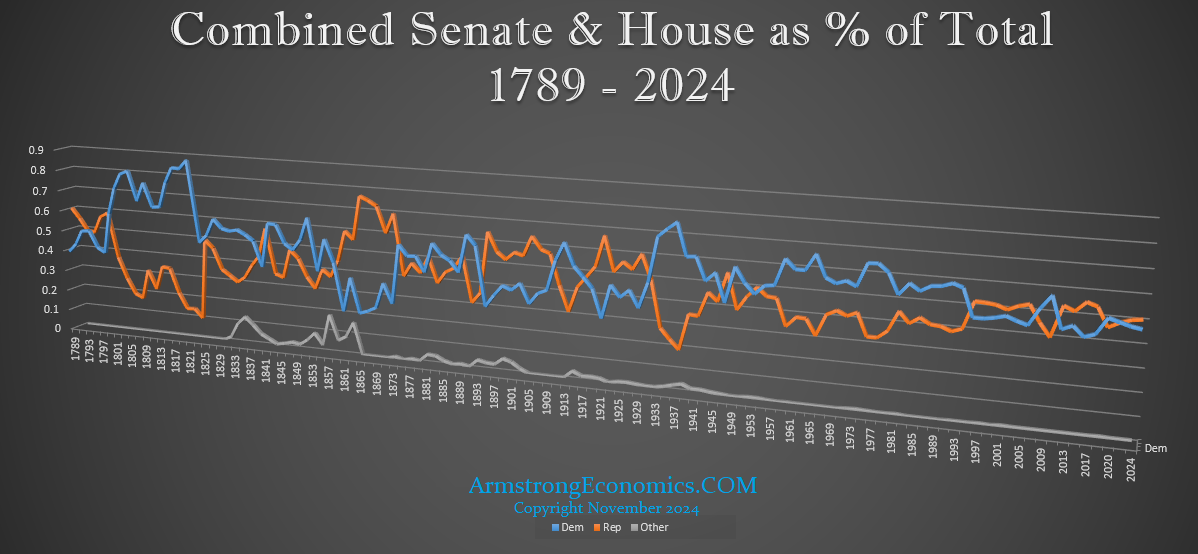 The Computer Forcast The Demise of the Democratic Party
The Computer Forcast The Demise of the Democratic Party German Chancellor Olaf Scholz tells Putin to end war with Ukraine during phone call: report
German Chancellor Olaf Scholz tells Putin to end war with Ukraine during phone call: report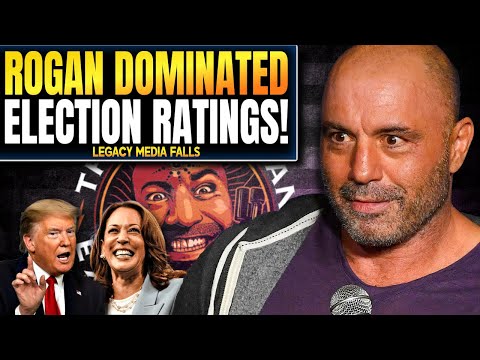 BREAKING: Joe Rogan BEAT Disney ABC News in Election Coverage — Now Disney GIVES UP on Politics?!
BREAKING: Joe Rogan BEAT Disney ABC News in Election Coverage — Now Disney GIVES UP on Politics?!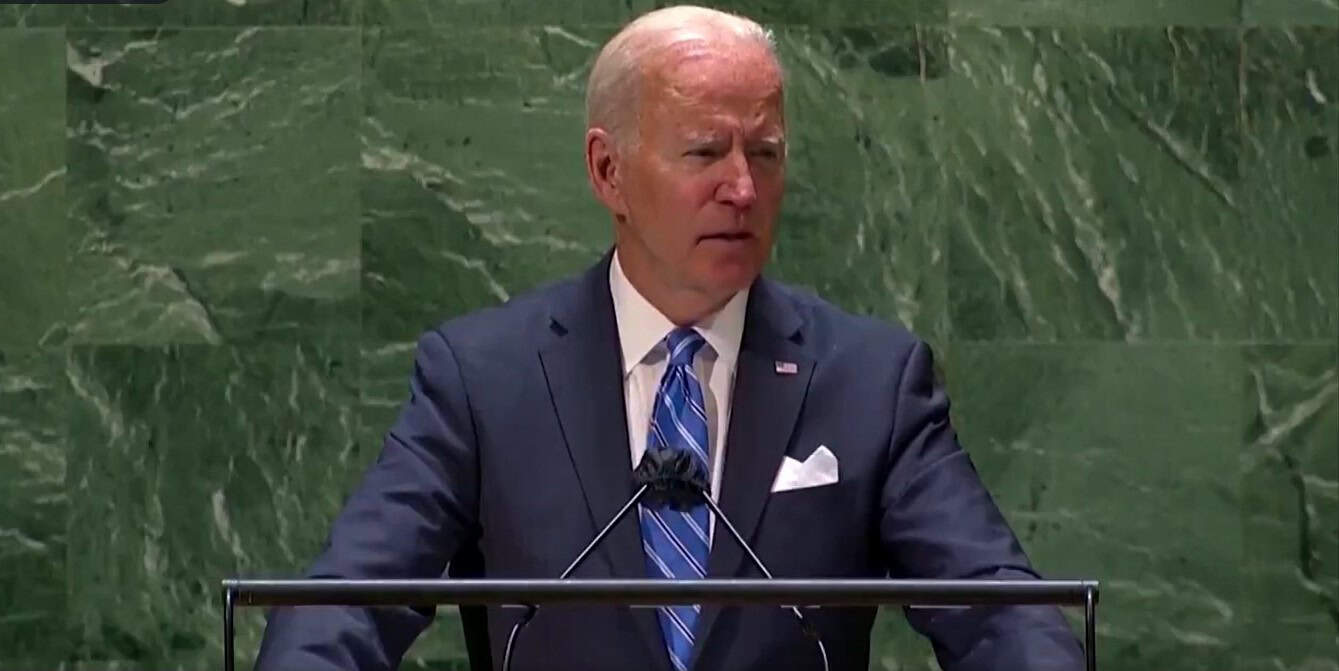 Biden says world facing ‘moment of significant political change’
Biden says world facing ‘moment of significant political change’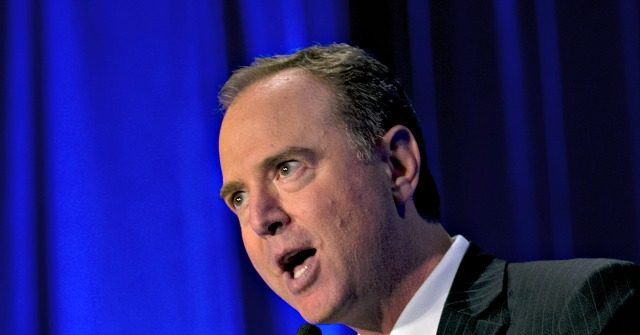 House Democrat Calls for ‘Shadow Government’ to Undermine Trump, with Adam Schiff as Fake AG
House Democrat Calls for ‘Shadow Government’ to Undermine Trump, with Adam Schiff as Fake AG MASSIVE Dump of FAILED Star Wars & Marvel Toys Uncovered at Ollies | Behold the Franchise Damage!
MASSIVE Dump of FAILED Star Wars & Marvel Toys Uncovered at Ollies | Behold the Franchise Damage!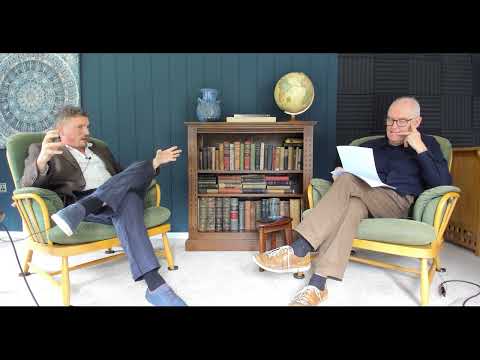 Beyond Blame with Dr. Tim Kelly
Beyond Blame with Dr. Tim Kelly